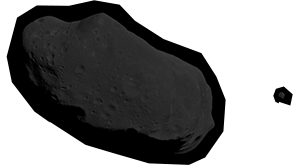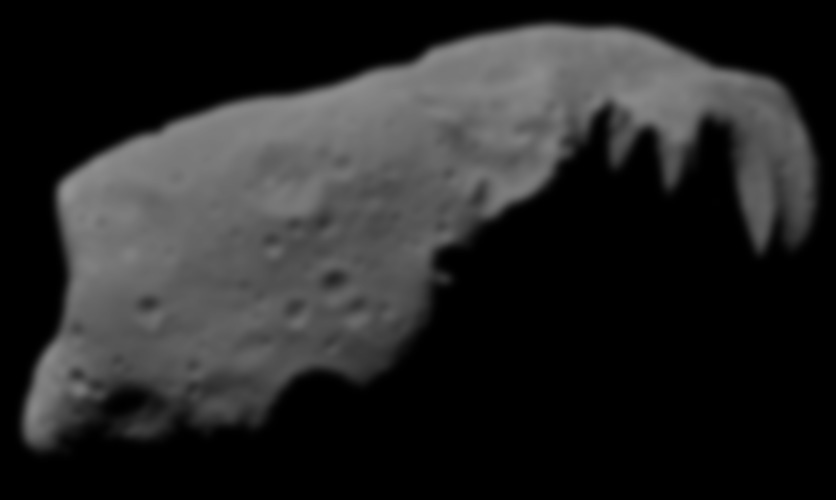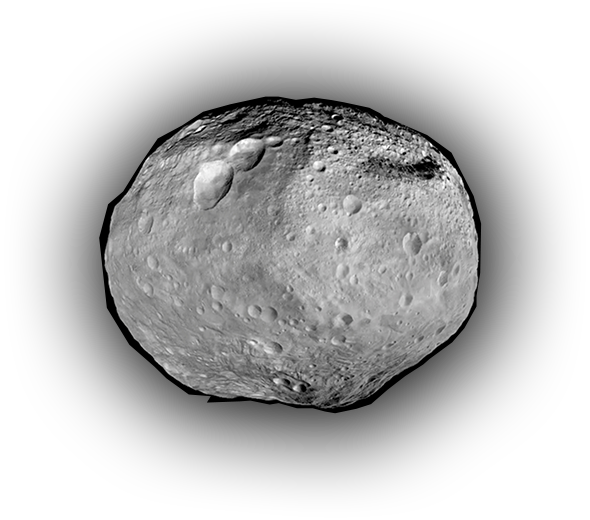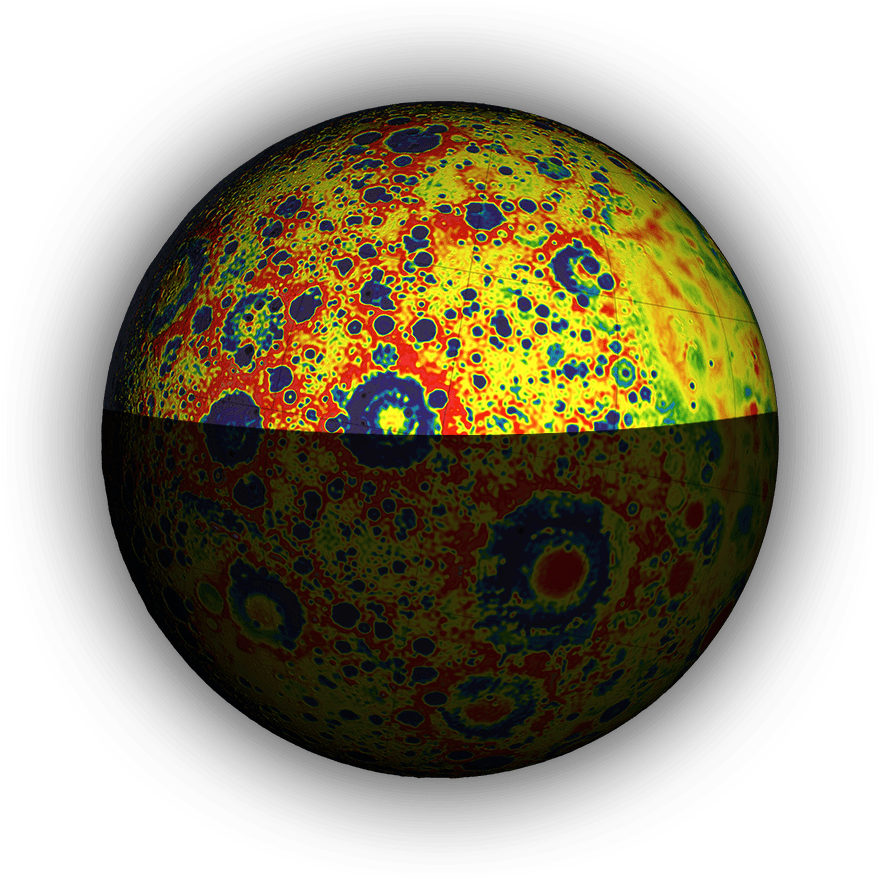I am an Associate Professor in the Department of Earth, Atmospheric, and Planetary Sciences at Purdue University. My research is focused mainly on impact cratering, which is arguably the most pervasive geologic process in the solar system.




I am an Associate Professor in the Department of Earth, Atmospheric, and Planetary Sciences at Purdue University. My research is focused mainly on impact cratering, which is arguably the most pervasive geologic process in the solar system.
In my group we use numerical models called hydrocodes to study the formation of impact craters and impact processes. Currently we are simulating the formation of large basins throughout the solar system.

Jones, M. J., A. J. Evans, B. C. Johnson, M. B. Weller, J. C. Andrews-Hanna, S. M. Tikoo, J. T. Keane. A South Pole-Aitken Impact Origin of the Lunar Compositional Asymmetry. Science Advances, 8, eabm8475 (2022).
Wakita, S., B. C. Johnson, I. Garrick-Bethell, M. R. Kelley, R. E. Maxwell, T. M. Davison. Impactor material records the ancient lunar magnetic field in antipodal anomalies. Nature Communications 12, 6543 (2021).
Bjonnes, E., B. C. Johnson, A. J. Evans. Estimating Venusian thermal conditions using multiring basin morphology. Nature Astronomy 5, 498–502 (2021).
B. C. Johnson, M. M. Sori, A. J. Evans. Ferrovolcanism on metal worlds and the origin of pallasites. Nature Astronomy (2019).
Wiggins, S. E., B. C. Johnson, T. J. Bowling, H. J. Melosh, E. A. Silber. Impact Fragmentation and the Development of the Deep Lunar Megaregolith. J. Geophys. Res. Planets 124, 941–957 (2019).
Johnson, B. C., C. S. Campbell. Drop height and volume control the mobility of long runout landslides on the Earth and Mars. Geophys. Res. Lett. 44, 12091–12097 (2017).
Johnson, B. C., R. Y. Sheppard, A. C. Pascuzzo, E. A. Fisher, S. E. Wiggins. Porosity and salt content determine if subduction can occur in Europa’s ice shell. J. Geophys. Res. Planets 122, 2765–2778 (2017).
Johnson, B. C., K. J. Walsh, D. A. Minton, A. N. Krot, H. F. Levison. Timing of the formation and migration of giant planets as constrained by CB chondrites. Science Advances 2, e1601658 (2016).
Johnson, B. C., D. M. Blair, G. S. Collins, H. J. Melosh, A. M. Freed, G. J. Taylor, J. W. Head, M. A. Wieczorek, J. C. Andrews-Hanna, F. Nimmo, J. T. Keane, K. Miljković, J. M. Soderblom, M. T. Zuber. Formation of the Orientale Lunar Multiring Basin. Science 354, 441–444 (2016).
Johnson, B. C., T. J. Bowling, A. J. Trowbridge, A. M. Freed. Formation of the Sputnik Planum basin and the thickness of Pluto’s subsurface ocean. Geophys. Res. Lett. 43, 10068–10077 (2016).
Johnson, B. C., C. S. Campbell, H. J. Melosh. The reduction of friction in long runout landslides as an emergent phenomenon. J. Geophys. Res. Earth Surf. 121, 881–889 (2016).
Johnson, B. C., D. A. Minton, H. J. Melosh, M.T. Zuber. Impact jetting as the origin of chondrules. Nature 517, 339–341 (2015).
Johnson, B. C., T. J. Bowling. Where have all the craters gone? The Earth’s bombardment history and the expected terrestrial cratering record. Geology 42, 587–590 (2014).
Johnson, B. C., H. J. Melosh. Formation of melt droplets, melt fragments, and accretionary impact lapilli during a hypervelocity impact. Icarus 228, 347–363 (2014).
Melosh, H. J., A. M. Freed, B. C. Johnson, D. M. Blair, J. C. Andrews-Hanna, G. A. Neumann, R. J. Phillips, D. E. Smith, S. C. Solomon, M. A. Wieczorek, M. T. Zuber. The Origin of Lunar Mascon Basins. Science 340, 1552–1555 (2013).
Yue, Z., B. C. Johnson, D. A. Minton, H. J. Melosh, K. Di, W. Hu, Y. Liu. Projectile remnants in central peaks of lunar impact craters. Nature Geosciences 6, 435–437 (2013).
Johnson, B. C., H. J. Melosh. Impact spherules as a record of an ancient heavy bombardment of Earth. Nature 485, 75–77 (2012).



I was lucky enough to see the launch of the NASA’s GRAIL mission and have presented at several team meetings. One of my driving goals is to be an investigator on a successful space mission.